- Home
- >
- Exhibition
- >
- Past Exhibitions
- >
- 〈Special Exhibition〉THE SENTO: The history and the culture of the bathhouses in Tokyo
〈Special Exhibition〉
THE SENTO: The history and the culture of the bathhouses in Tokyo
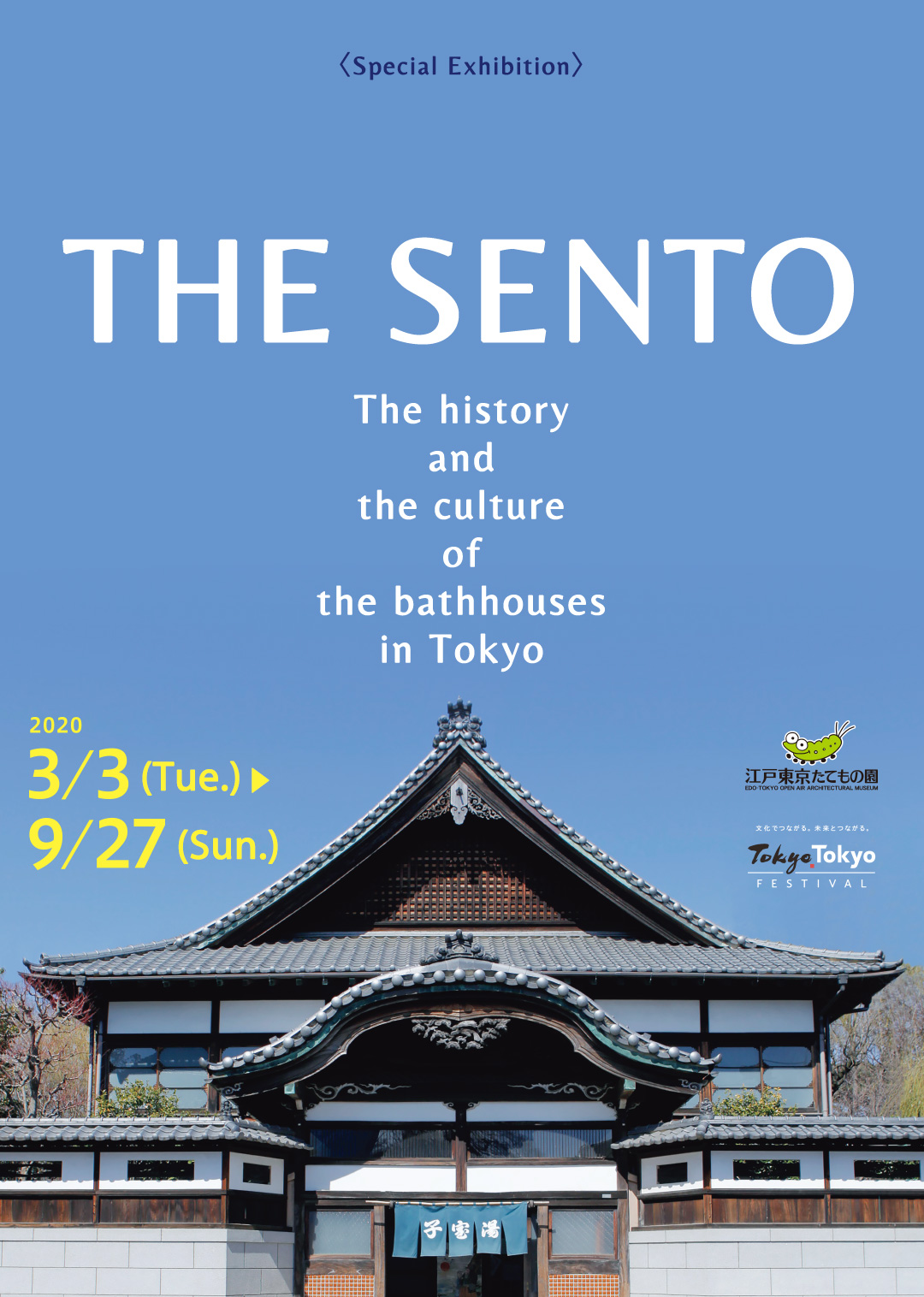
- ■Period:
- Tuesday, March 3, 2020 – Sunday, September 27, 2020
- ■Museum Hours:
- 9:30 a.m. – 4:30 p.m. until Friday, March 20
9:30 a.m. – 5:30 p.m. starting from Saturday, March 21
*Last entry to the museum is 30 minutes prior to closure - ■Venue:
- Edo-Tokyo Open Air Architectural Museum Exhibition Hall〈Getting here〉
- ■Museum Closures:
- Mondays *Tuesday if Monday is a national holiday
- ■Organizers:
- Tokyo Metropolitan Government, Tokyo Metropolitan Foundation for History and Culture, Edo-Tokyo Open Air Architectural Museum
- ■Fee:
- Included in the admission fee to the museum.〈Admission〉
〈Special Exhibition〉
THE SENTO: The history and the culture of the bathhouses in Tokyo
2020
Tuesday, March 3 – Sunday, September 27
Since the Edo period, public bathhouses have been centers of rest and relaxation, and have evolved throughout the ages. The Public Bathhouse "Kodakara-yu" (1929) was relocated from Senju Motomachi in Adachi Ward for preservation at the Edo-Tokyo Open Air Architectural Museum. Kodakara-yu’s lively décor and temple-like appearance makes it a definitive example of the “Tokyo-style bathhouse.” Kodakara-yu abounds with flourishes to put bath-goers at ease, such as the veranda and garden outside the dressing rooms, the charming painted tiles, and its classic mural of Mt. Fuji. As Japan continues to change, seeing the end of the Heisei Era and the start of the Reiwa Era, and the number of bathhouses dwindle, those that remain offer people warmth, hope and a sense of community. Our public bathhouse exhibition explores the history of public bathhouses in Tokyo, and the impact and role they have played in society.
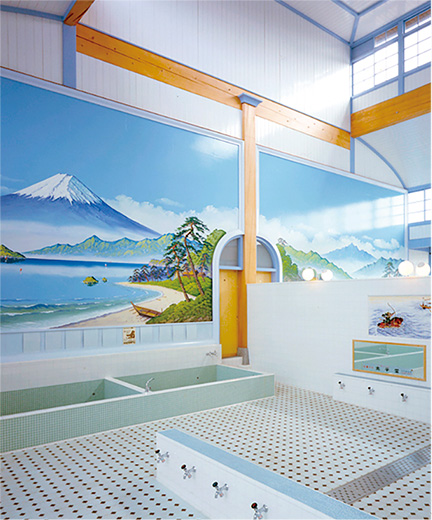
Kodakara-yu Public Bathhouse
- Prologue :
- The History of the Japanese Bathing Culture
- Chapter Ⅰ:
- The Bathing in Edo and Tokyo
- Chapter Ⅱ:
- Tokyo-Style Sento
- Chapter Ⅲ:
- The Golden Age of Sento
- Chapter Ⅳ:
- Sento in the Heisei Period
- Epilogue :
- Sento’s New Era
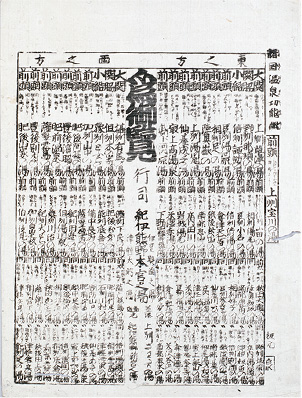
❶
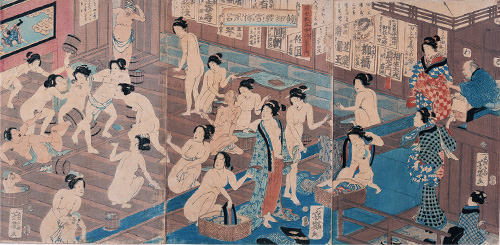
❷
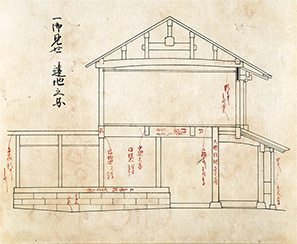
❸
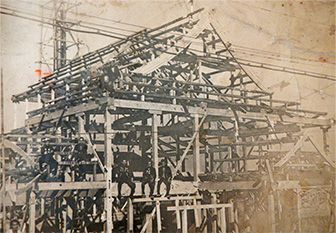
❹
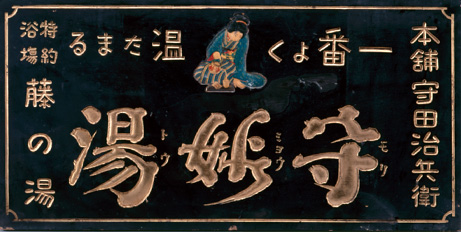
❺
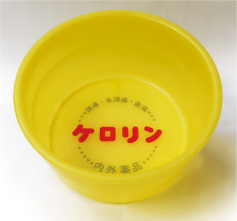
❻“Kerorin®” is a registered trademark of Naigai Pharmaceutical Co., Ltd. Naigai Pharmaceutical was succeeded by Toyamamegumi Pharmaceutical Co., Ltd.
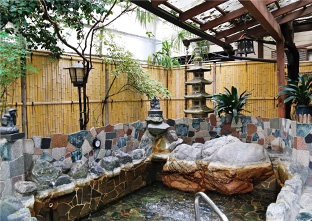
❼
❶List of hot spring benefits per-region (Edo-Tokyo Museum)
❷Depiction of events through the year (Edo-Tokyo Museum)
❸Architectural drawing of a bathhouse (Edo-Tokyo Museum)
❹Takara-yu bathhouse under construction (Takara-yu Bathhouse)
❺Morimyoto bathhouse sign (Edo-Tokyo Museum)
❻Kerorin wash basin (Private collection)
❼Bathhouse with open-air bath (Hotta-yu Bathhouse)
© EDO-TOKYO OPEN AIR ARCHITECTURAL MUSEUM All rights reserved.

























